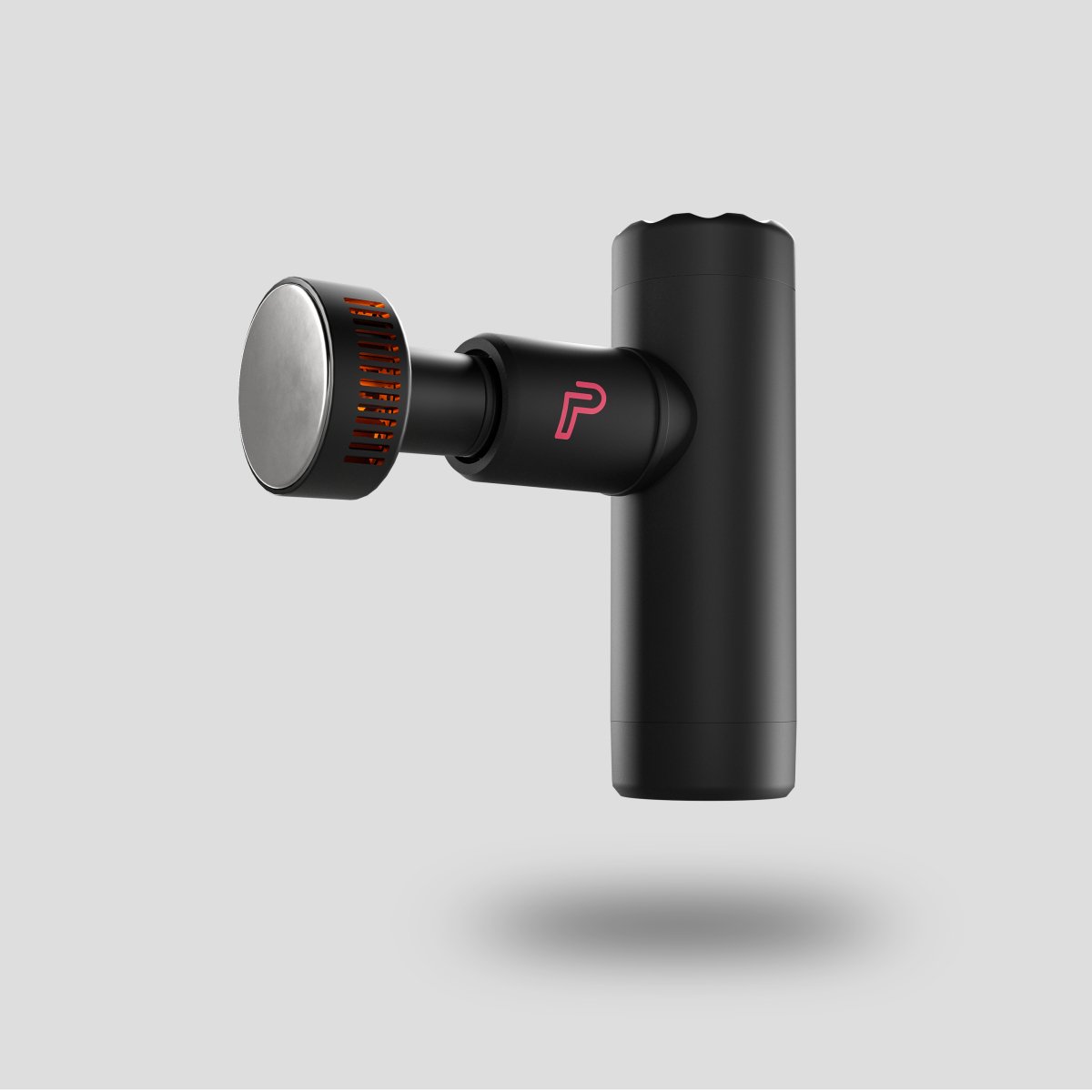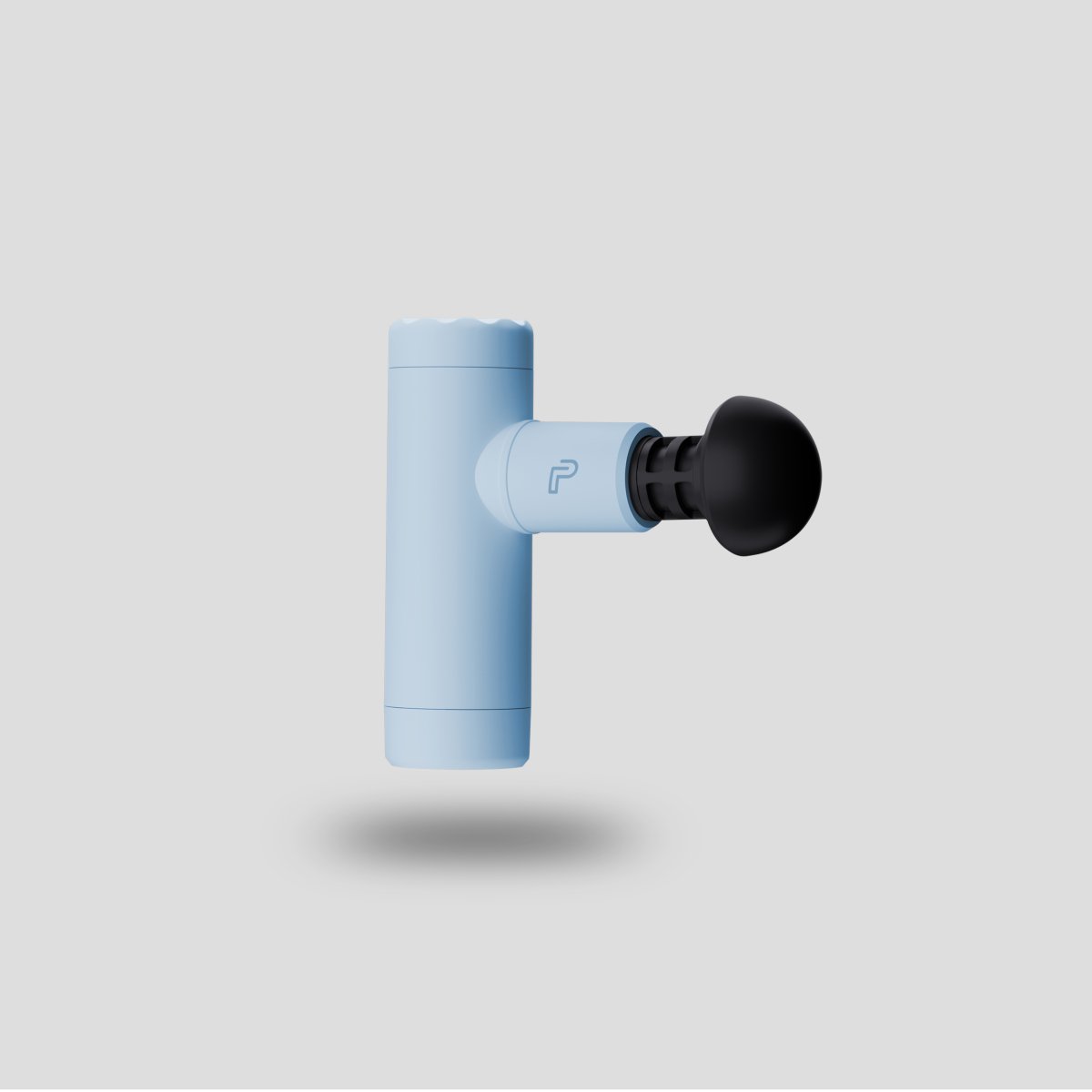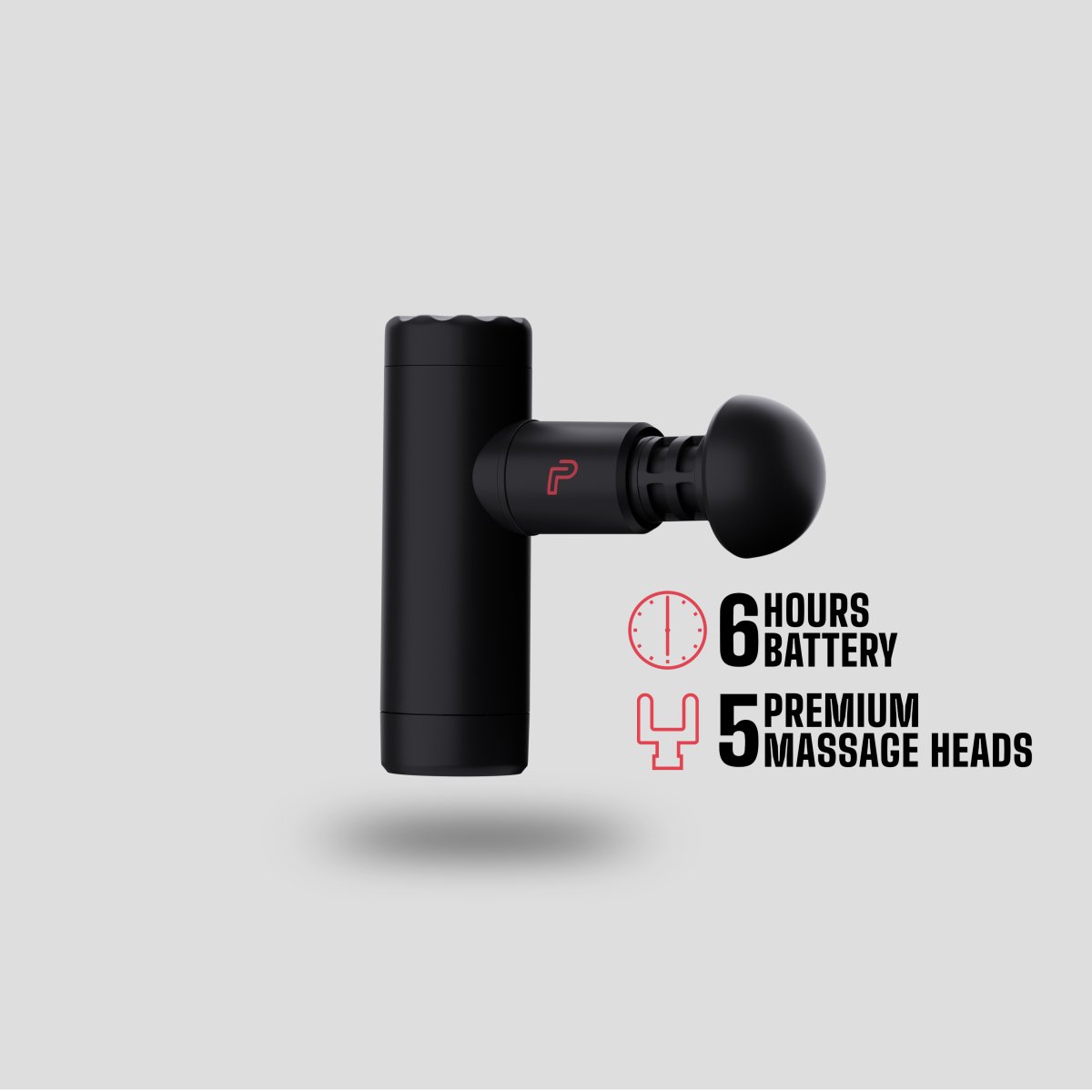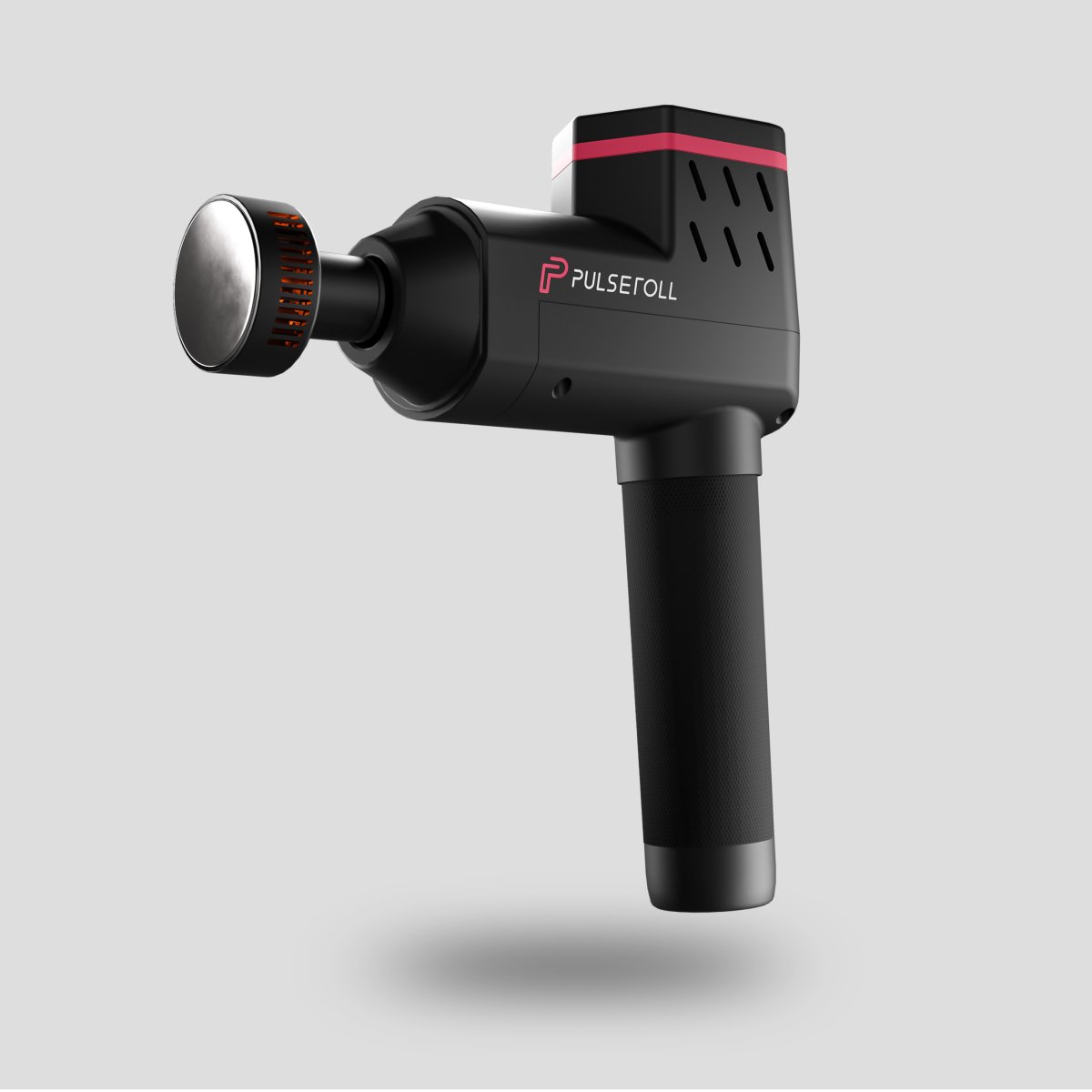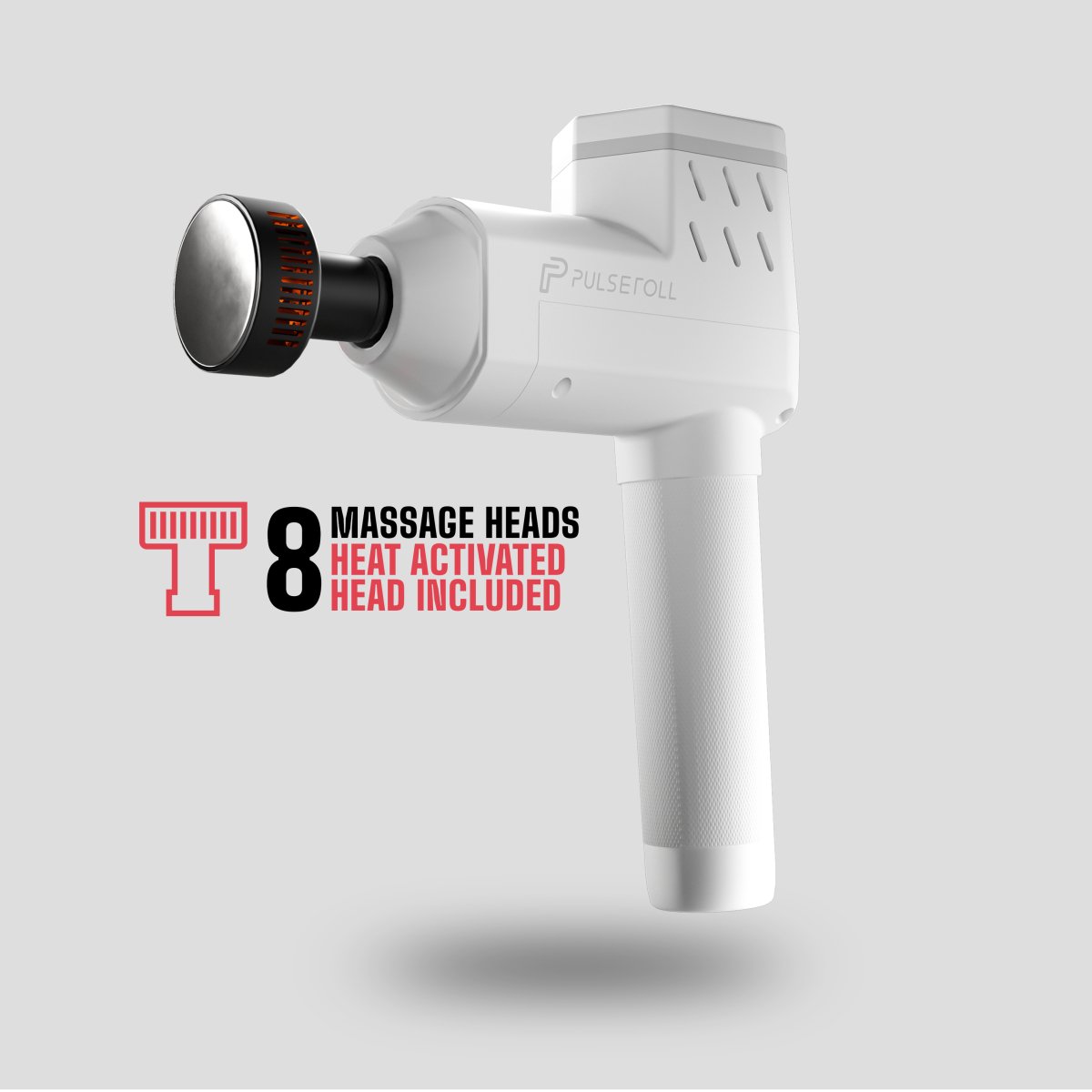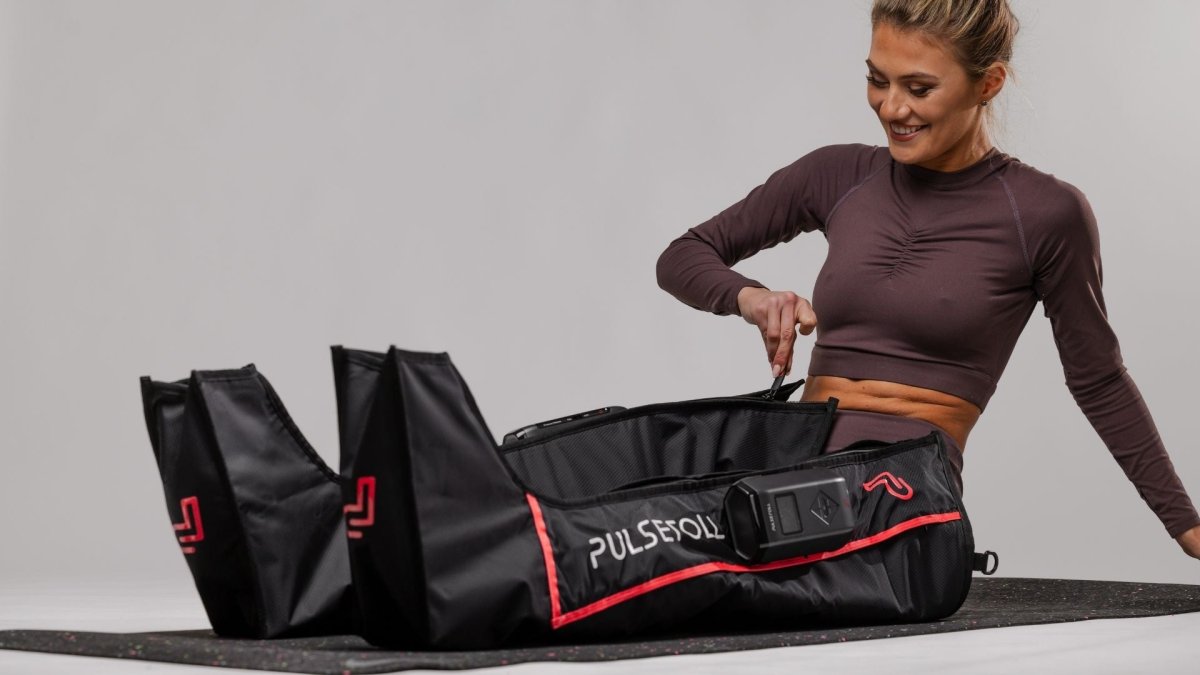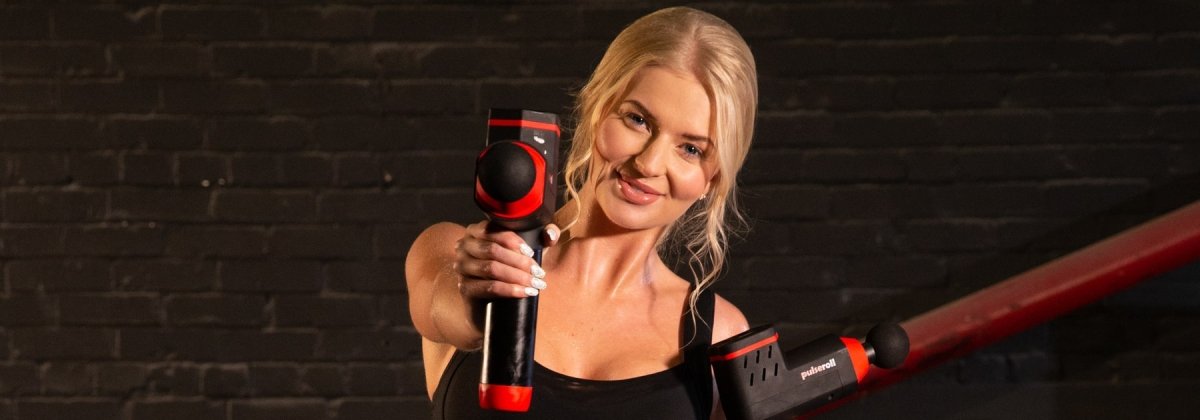Using a foam roller has quickly become an essential part of an athlete’s recovery routine. Foam rolling is a form of self-myofascial release, easing knots and reducing soreness in the muscles after a workout. It can also improve flexibility and help prevent injury.
There are multiple types of foam rollers and massage products out there so make sure you find the one that’s right for your body type as well as your ability. Don’t go into it all guns blazing thinking you need the biggest most high tech piece of equipment to get the best results! This is definitely not the case.
Maybe you’re unsure about how to use a foam roller the correct way?
Read our fool-proof guide on the dos and don’ts of using a foam roller!
- Do seek a professional opinion if you have any health issues
- Do roll slowly over the muscle
- Do wait at least 24 hours between each foam rolling session
- Do expect a bit of pain in the muscle
- Do educate yourself on the muscles
- Do stretch afterwards
- Do roll from comfort to discomfort
- Do have good posture and proper form
- Don’t roll directly over the spine or on any joints.
- Don’t roll your lower back
- Don’t roll too much to the point of bruising
- Don’t focus on the same tight spots repeatedly
- Don’t just roll sore muscles, all muscles will benefit from this
- Don’t ignore the pain if it is unbearable
Make sure to check out the Pulseroll vibrating foam rollers and recovery tools.
Local vibration therapy has been scientifically proven to increase blood flow to the muscles, easing any inflammation and soreness you may be experiencing. They work better than a normal foam roller because the vibrations mean not much rolling is needed, just find trigger points and apply pressure whilst gently leaning from side to side.







